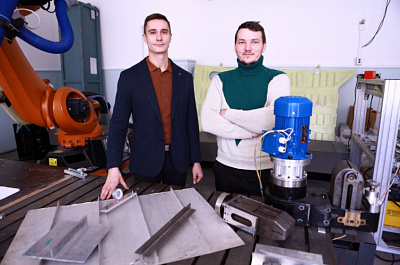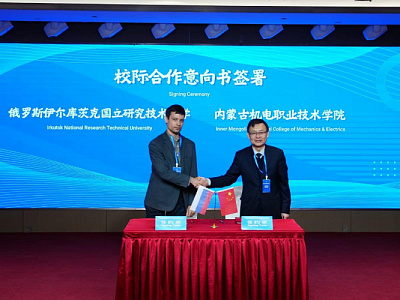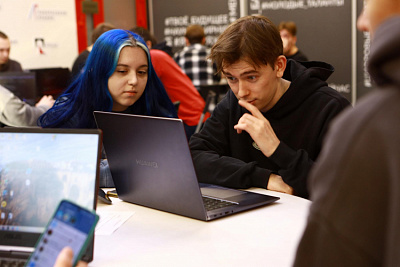Research in photopharmacology is being carried out in a joint laboratory of INRTU and the Irkutsk Institute of Chemistry Siberian Branch of the Russian Academy of Sciences
During the meeting Director of the Irkutsk Institute of Chemistry SB RAS Doctor of Chemical Sciences Andrey Ivanov emphasized that the initial objectives of the laboratory of photofunctional materials were to carry out fundamental research. However, at present times it has been decided to use the results of scientific work in an applied manner.
The parties discussed research on photodynamic therapy of oncology diseases, based on the use of special photosensitizers that selectively accumulate in pathological cells and increase their sensitivity to the light. Under influence of the light waves of a certain length of these substances cause a photochemical reaction and lead to the formation of reactive oxygen species that destroy the malignant cells. In addition, the photodynamic therapy activates immune mechanisms and damages blood vessels leading to the tumor, which interferes with the delivery of nutrients and oxygen and also contributes to its distraction.

“We have new areas of focus related to the possibility of creating medications for cancer therapy in our region. The basis is physical action of a different nature - precisely where it is needed, precisely in the concentrations that are optimal, without harming the whole body. The idea itself is noble and relevant all over the world. A variety of approaches are now being used to treat cancer, including radioactive and light exposure.
Research in the photofunctional materials lab aims to make substances less toxic in a certain form - as long as you don't expose them to light of a certain wavelength, thereby activating them.
In this way, this area of our cooperation with INRTU has developed a merge of the fundamental and applied issues," said Andrei Ivanov.
Representatives of INRTU and the Institute of Irrigation of the Russian Academy of Sciences intend to work together with Pharmasyntez and a number of medical institutes to synchronize work on this subject.
Rector Mikhail Kornyakov met the head of the laboratory, Andrei Lvov, whose research was supported by the grant from the Russian Science Foundation.
The rector also had the conversation with the undergraduate and postgraduate students who are studying various aspects of the photoactive compounds - synthesis, properties and applications. In particular, they have made significant advances in their research into water-soluble light-sensitive compounds.
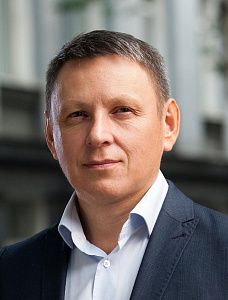
“Our goal is to ensure that our joint laboratory, established within the Baikal Science Centre will form a powerful scientific school. It is necessary for the youth of the Irkutsk Region to gain quality knowledge and continue to develop scientific research.
Today we saw that many our students and State University's are working at the new laboratory. Together with their supervisor Andrei Lvov, they are developing new compounds and demonstrating their applicability," said Mikhail Kornyakov.
The rector mentioned that a strategic meeting of the staff of the of the Chemistry Siberian Branch of the Russian Academy of Sciences, INRTU and representatives of Pharmasyntez is scheduled in order to form a work plan for the laboratory of photofunctional materials.
The relevance of creating the new scientific division is due to the fact that over the past two decades, a new field at the intersection of organic chemistry, photochemistry, biology and medicine - photopharmacology - has emerged in the world's leading laboratories. This new discipline assumes using of compounds switched by the light (photo switches or photochromes) for solving problems of biology and medicine.
The creation of promising photopharmacological objects first of all requires a large assortment of functional phototransmitters. Work in the laboratories is being carried out precisely in this direction. In particular, nitric oxide donors activated by visible light will be developed, as well as photo-activated analogues of natural compounds with anticancer activity.
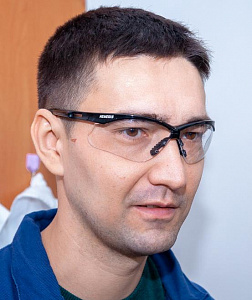
Andrei Lvov underlines that his research team tries to meet the high standards of research in photoactive compounds and find interesting properties or applications for each synthesized molecule.
Among many tasks the young scientists in the laboratory are solving this year to present to the scientific community a new class of diarylethenes that enter into photochemical reactions in water; to investigate the possibility of producing photoactive molecules based on the natural compound dihydroquercetin; to show new prospects for photo-switchable peri-aryloxyanthraquinones.

